If you live in Georgia or another southern state, you can count on the appearance of fire ant mounds in the year's late spring. To be such tiny little pests, ants can cause a lot of turmoil in home lawns, hayfields, and pastures. They are one of the most detested insects. Many people are stung […]
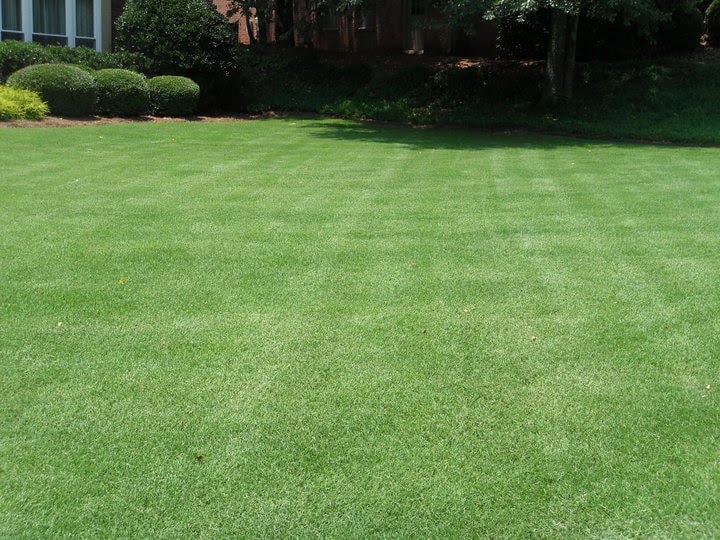
Pre-emergent herbicides are applied to lawns before seed germination. Pre-emergent herbicide is a group of herbicides that keeps weed seeds from germinating.
Once you see weeds in your yard, it is too late for pre-emergents. For the most part, pre-emergent herbicides prevent annual weeds, but not perennial weeds.
This article should provide you with basic information about weed control and the importance of pre-emergent herbicides. Your best bet is to contact Pride In Turf for all your lawn care needs. Our professional staff are skilled lawn care professionals and understand Georgia weed issues.
Two Seasons for Annual Weeds
There are basically two seasons for annual weeds: cool season and warm season. Cool season, referred to here as winter weeds, grows from late fall to early spring. Warm-season weeds, referred to as summer weeds, grow from late spring to early fall.
To control both types of weeds, lawns that are established need a pre-emergent herbicide application twice a year before weed seeds germinate. It is important to follow guidelines for effective prevention of weed growth.
It is essential to apply a pre-emergent herbicide at the proper time which is before the growing season begins. Since pre-emergent herbicide acts on plant seeds to stop germination, this must be applied at the right time for it to work.
If the correct timing and guidelines for pre-emergent herbicide application are not followed, you may end up with many weeds rather than very few. You do not want to have many weeds be the dominant species in your lawn.
If you have questions or need more information about this process, your professional lawn care company to call in the north Georgia area is Pride In Turf.
Control Summer Weeds
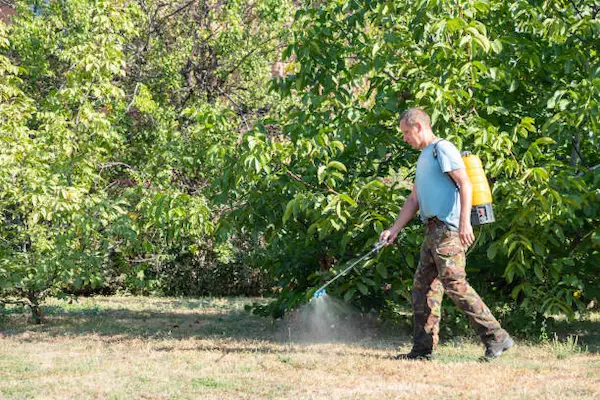
Warm-season weeds can begin to germinate when the spring soil temperatures warm up to about 55 degrees. That means pre-emergent herbicide application should be between late February and the middle of March for effective early summer weed control.
For this spring pre-emergent application, it should be applied when soil temperatures are consistently at 55 degrees at 2 inches of soil depth for the trigger point to apply a pre-emergent.
You may have days during January or early February when the soil temperature reaches 55 degrees, but wait until the weather forecast shows the current warm weather trend will continue.
The University of Georgia College of Agricultural and Environmental Sciences oversees 50 weather stations across Georgia where you can get soil temperature data. Weed scientists use 52 degrees at 1/2 inch depth as the trigger point for their application of pre-emergence herbicide.
Pride In Turf has expertise with all types of weeds and knows the precise timing to apply pre-emergent herbicides to help with weed control in your lawn. Give us a call for help to prevent summer weeds and winter weeds in your lawn.
Summer Weeds
It is important to know something about your summer weeds and when they germinate. If you know your summer weeds, it is easier to determine the right pre-emergents and when to use them.
Some common summer weeds in north Georgia include the ones listed below. These all do well with pre-emergents applied in early spring or late February to mid-March. Broadleaf weeds stay dormant until temperatures rise, so a second treatment may be aimed at controlling the broadleaf weeds.
The following are some of the most common summer weeds that respond well to pre-emergent herbicides.
Crabgrass
Crabgrass is one of the most common annual weeds in Georgia and one of the most difficult to eradicate. It is a summer annual that germinates in the spring and lasts all summer. Crabgrass has many stems that grow out in all directions.
Crabgrass seed germinates when soil temperatures are upwards of 50 degrees. Crabgrass seed also germinates when the soil surface remains moist for days at a time. Make sure you are using the best crabgrass preventer as your pre-emergent herbicide.
Goosegrass
This is a summer annual grass that is an invasive weed. It grows vigorously and has abundant seed production. This weed germinates a little after crabgrass when the soil temperature is around 65 degrees or above. In some areas, however, goosegrass can germinate earlier, especially in bare soil rather than in areas with a good turfgrass cover.
Sandbur
This is another summer annual that reproduces by seed and is found in disturbed sandy areas. This occurs throughout the South, including Georgia. Its leaf blades are flat to slightly folded and feel like sandpaper to touch. It has spikes of burs with flat spines, and the burs have fine hairs with 1 to 3 seeds.
Control Winter Weeds
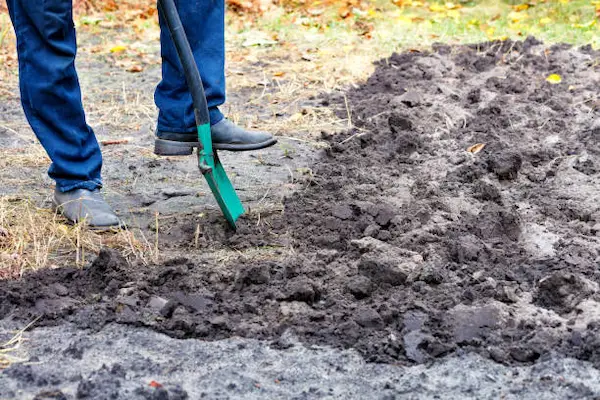
Pre-emergent herbicides should be applied to north Georgia lawns in late August but before the end of September to control winter weeds. When temperatures drop to 65 - 70 degrees at night, this is the best time for pre-emergent treatments.
It is important to apply pre-emergence herbicide before the winter weeds germinate in the early fall. Some of the common winter weeds that respond well to pre-emergent herbicides include the following.
Winter Weeds
Like summer weeds, it is important to know some of your weeds and when the weed seeds germinate. This helps you have a better idea of when you need to apply pre-emergents to ensure this is done before winter germination.
Winter weeds grow from late spring to early fall and need a per-emergent application twice each year. Some of the common weeds seen in Georgia lawns are discussed below. There are others, but these are some of the common ones.
Annual Bluegrass
Annual bluegrass is a common cool-season annual weed that grows in moist and compacted soils, even in shady locations in Georgia. Even when mowed at low heights, each plant can produce over 350 seeds. Annual bluegrass is a bright green, grassy weed that affects many Georgia lawns.
Henbit
Henbit is a low-growing annual plant that grows in lawns, fields, roadsides, and wild pastures in Georgia. Due to its attractive appearance and ability to thrive in many climates, henbit is sometimes allowed to grow where other weeds are not. It is also a food source for bees, helping with pollination.
However, henbit is highly invasive and will rob your turfgrass of nutrients. This plant produces an abundance of seeds that germinate in the fall through the winter.
Chickweed
Chickweed is a low-growing weed with bright green spade-shaped leaves and tiny white flowers. It is attractive; however,, it will smother nearby small plants in the spring. Chickweed dies quickly when the summer heat arrives, leaving a spaghetti-like mat of steps where it once thrived. These annual weeds thrive in full shade.
Contact Pride In Turf for All Your Lawn Needs
Pride In Turf is a locally owned lawn care company with many years of dealing with the Georgia lawn and landscape. We would welcome a call for information or a free quote.
Important Facts for Pre-Emergent Herbicide
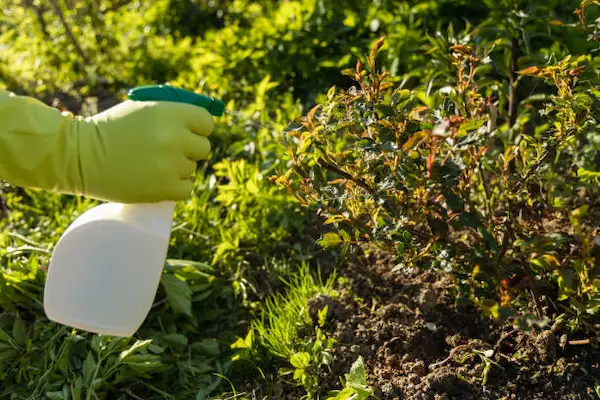
There are many factors to consider for proper weed control in your Georgia lawn besides spring soil temperatures and when weed seeds begin germinating. The type of pre-emergent you use is important along with application equipment and safety issues.
Established Lawns Only
Pre-emergent herbicides should not be applied to newly seeded turfgrasses, as they are not tolerant of pre-emergents. Pre-emergence herbicide is only recommended for turfgrasses that have been established for at least one year.
It can be very damaging if a pre-emergent herbicide is applied to a lawn after seeding. Some examples include common Bermuda grass, tall fescue, ryegrass, or centipede. This also can occur after springing or sodding Bermuda grass, St. Augustine grass, zoysia grass, and centipede.
Even though pre-emergent herbicides cannot control all weeds in a lawn, they are very effective for many of the most common lawn weeds. Pre-emergent herbicides are the backbone of weed control programs, but remember to use them on established lawns only.
Types of Pre-Emergent Herbicide
We have already discussed that herbicides come in granular and liquid form, and you can use either according to preference. There are also selective herbicides and non-selective herbicides, and it is important to know the difference.
The majority of herbicides needed for home lawns are selective herbicides. A selective herbicide controls certain plant species without affecting the growth of other plant species.
Nonselective herbicides kill plants, regardless of the species. This means they can kill anything they come in contact with. These herbicides are used typically on a spot-treatment basis in the lawn to control unwanted plants or around areas such as driveways and sidewalks.
Application Equipment
Proper equipment and application procedures are important to successful pre-emergent herbicide use for weed control. Pre-emergent products must be uniformly applied to the lawn, and you should never apply more than the recommended amount to a lawn as listed on the label.
Liquid formulations of pre-emergent herbicides are diluted with water and sprayed on the lawn. This should be done with a handheld pump-up sprayer or a hose-end applicator.
Granular formulations may be applied with a drop or rotary spreader. When using this type of herbicide, divide the amount needed into two equal parts. Apply the herbicide in two directions at right angles to each other to ensure a more uniform application.
In order to know the amount of pre-emergent to apply to your lawn, you should measure your lawn to get the square footage.
Safety Precautions
It is important to read the herbicide labels on your per-emergent product for recommended handling precautions. Avoid inhaling sprays or dusts and mix only the amount necessary to treat the lawn.
If herbicides are spilled on the skin wash the area thoroughly with soap and water. Also, do not use a sprayer that has loose hoses or connections.
What to Do After Applying Pre-Emergents
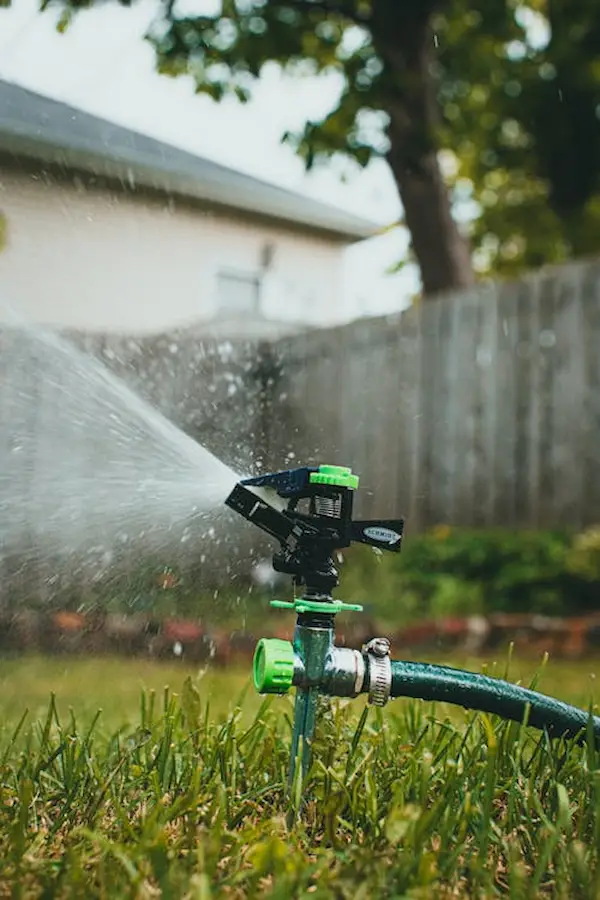
After applying per-emergents to your lawn, it is important for the pre-emergent to be watered in the soil with rain or irrigation after the application. You do not apply pre-emergents on wet lawns, as the chemicals will not evenly distribute in the root zone in saturated soil.
Within a few days of applying pre-emergents, water your lawn for 15 or 20 minutes to ensure the herbicide moves into the top layer of soil. If you used a granular type of herbicide, you may need to water longer.
When NOT To Apply Pre-Emergents

Pre-emergent herbicides have a long residual activity and effectively halt the germination of all types of seeds. Since it impacts all types of seeds, it is important to carefully consider the timing and at times decide not to apply it at all.
If the timing is not right for the fall application or spring application, it is best to wait until the following year for that application.
The pre-emergent herbicide you use depends on the particular turfgrass you have in your lawn. It is important to follow the herbicide labels carefully to be sure the product can be used on your particular turfgrass and that it controls the weeds you are trying to manage.
To Fertilize or Not
You typically want to keep pre-emergent applications for weed control separate from fertilization. For example, it is best to apply pre-emergent in early to mid-September before you aerate or apply the last fertilizer of the season.
Lawn grasses should be fertilized when they are actively growing. If you have a cool season grass, such as tall fescue, you may be able to use a weed and feed type of per-emergent herbicide in Feburary - March. This is because tall fescue needs fertilizer at that time. For a late summer application of pre-emergent; however, it is too early to fertilize fescue.
For warm-season turfgrass, such as Bermuda grass, zoysia grass, and centipede grass, you never want to use a weed and feed product. When the active growth of these lawns begins in April - May, the fertilizer has already left the root zone.
In late summer, warm-season grasses need to prepare for winter dormancy, so it is not a good time to apply fertilizer. This would set up conditions for spring dead spots the next year.
Contact Pride In Turf
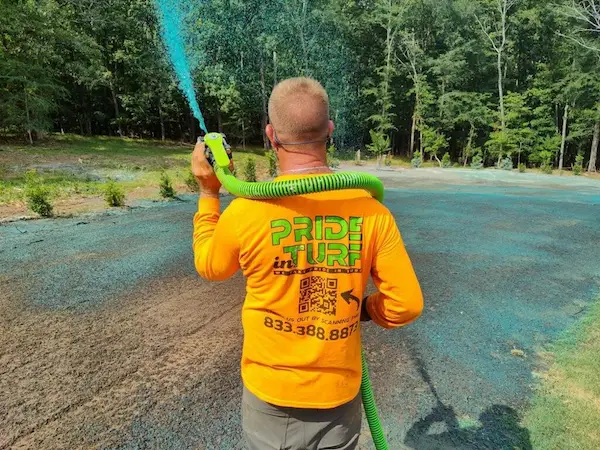
Pride In Turf is happy to discuss your lawn care needs with you and work out a plan for effective weed control for your specific turfgrass and the certain weeds to target in your lawn. Our team has access to the best preemergent products available and knowledge of when and how to apply them with perfection.
You can count on Pride In Turf to apply a pre-emergence herbicide at the correct time and get the best results. You will watch your lawn green-up and look beautiful.
You can count on Pride In Turf to apply pre-emergents along with any other lawn service you may need to have the yard of your dreams. We promise you affordable rates and outstanding service!
Call Pride In Turf Today for a Free Consultation
